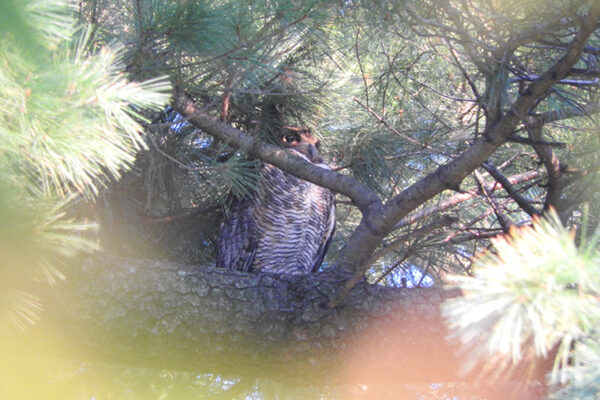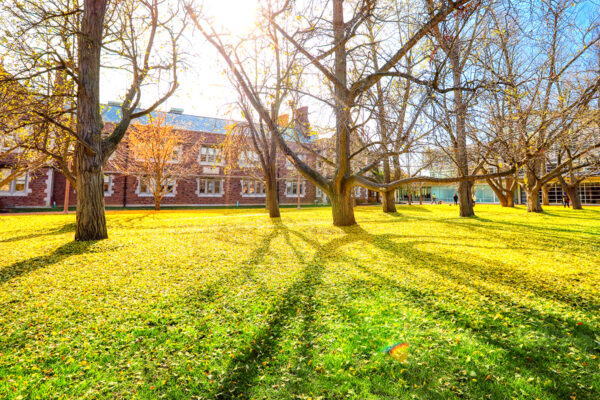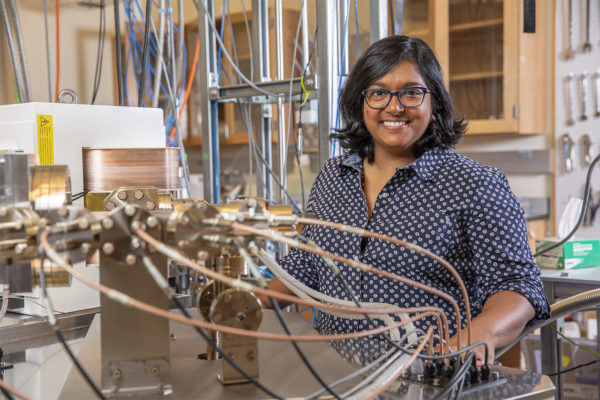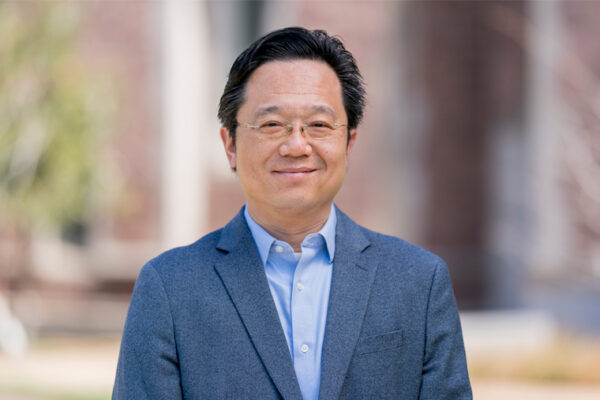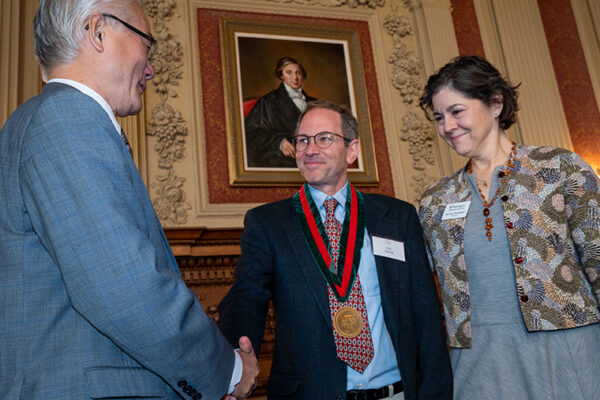Forest Park Living Lab
Combining experts in wildlife ecology, animal movement and veterinary medicine, the new Forest Park Living Lab examines wildlife health, behavior and interactions in the mosaic of ecosystems in Forest Park. The project received a Living Earth Collaborative seed grant in 2020.
Skemer wins grant from the National Science Foundation
Philip Skemer, a professor in Arts & Sciences, won a $321,515 grant from the National Science Foundation to support collaborative research on subduction zones.
NSF grant supports development of GPS-free, secure communication
A $300,000 grant from the National Science Foundation will support Shantanu Chakrabartty, at the McKelvey School of Engineering, as he works to develop GPS-free, encrypted self-powered communications.
An alternate route to semiconductor production
Research from the laboratories of Bryce Sadtler in Arts & Sciences and Rohan Mishra at the McKelvey School of Engineering offers a cheaper and more efficient pathway to semiconductor production using electrodeposition.
WashU receives AASHE STARS gold accreditation
Washington University in St. Louis achieved a gold accreditation from the Association for the Advancement of Sustainability in Higher Education.
Parai wins U.S. Department of Energy grant
Rita Parai, assistant professor of earth and planetary sciences in Arts & Sciences, won a $450,000 grant from the U.S. Department of Energy’s National Nuclear Security Administration.
Lu paper wins ‘test of time’ award
For the second time this year, Chenyang Lu, an internationally recognized leader in cyber-physical systems, has received recognition for a trailblazing paper. The award recognizes his 2010 paper on using wireless sensor networks in a hospital environment.
Herzog installed as Viktor Hamburger Distinguished Professor
Erik Herzog, a professor of biology, was installed as the Viktor Hamburger Distinguished Professor in Arts & Sciences. His talk was titled “For Whom the Bells Toll: Networked Circadian Clocks and Clock Watchers.”
Hatoum wins NIH award
Alexander Hatoum, a research assistant professor of psychological and brain sciences in Arts & Sciences, won a five-year $897,120 award from the National Institutes of Health (NIH)’s National Institute on Alcohol Abuse and Alcoholism.
Occupational therapy clinic breaks ground in Delmar Maker District
Over the last year, a team of architects, medical professionals and engineers from Washington University in St. Louis and Chicago-based architecture firm Skidmore, Owings & Merrill have explored questions about building design and people’s health through interdisciplinary design studios and seminars. Now that research is bearing fruit. On Nov. 11, a new Smart Home for Occupational Therapy Healing — aka SMOOTH House — will break ground in St. Louis’ Delmar Maker District.
Older Stories
